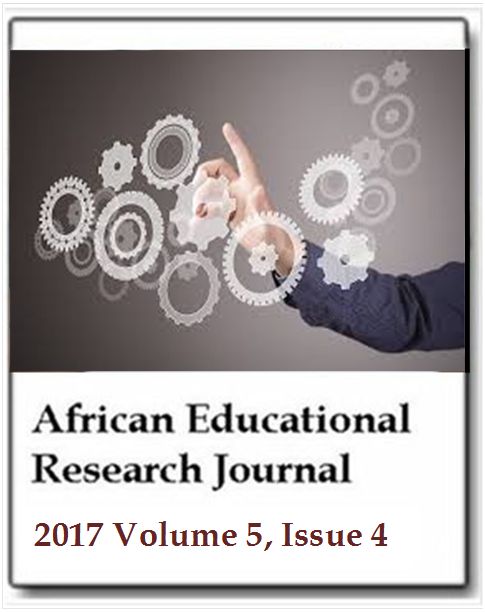Promoting community participation in improving education in South Sudan
Mark Ginsburg, Valerie Haugen, Francis Lokong and Seth Ong’utiAfrican Educational Research Journal
Published: October 27 2017
Volume 5, Issue 4
Pages 221-239
Abstract
This article examines an initiative by the USAID-funded Room to Learn South Sudan project (2013 to 2016) to encourage and enable community participation in improving education access, quality and safety. Project staff engaged parents and teachers as well as women, youth, and other community members in developing and implementing school improvement plans. These plans were informed by their participation in a “good school” visioning exercise; their interpretation of data on measures of access, quality, and safety; and their appraising community assets that could contribute to implementing the school improvement plan. The project provided in-kind grants (mainly books and other instructional materials) and organized one capacity building workshop for PTA members and one for teachers, but was not able to provide other kinds of support (e.g., funds for construction, on-going technical assistance). Nevertheless, many of the school communities reported that they had made progress in implementing some aspects of their school development plans, drawing on Room to Learn grants but also resources from the community, the government, and other projects. The project’s implementation – and the daily life of school community members – were both interrupted and challenged by periods of violent conflict between political groups associated with the two major ethnic groups (Dinka and Nuer). The conflict-affected context not only limited implementation of the school development plans but also calls into question the sustainability of this and other initiatives undertaken by educational development projects funded by international organizations.
Keywords: Community participation, conflict-affected setting, South Sudan.
Full Text PDF
